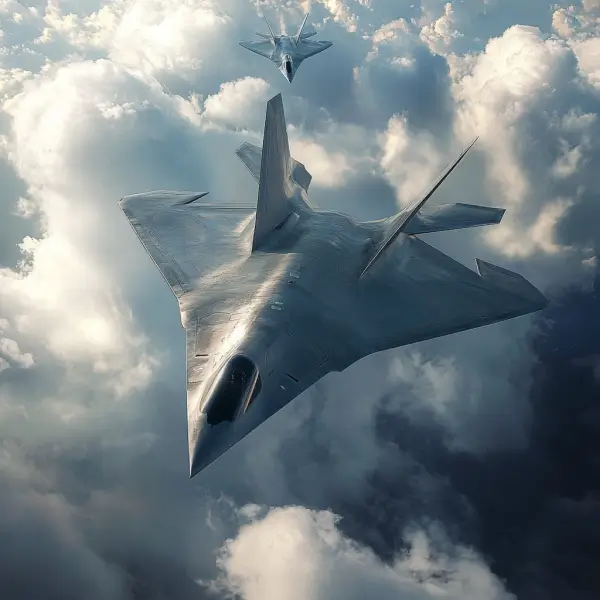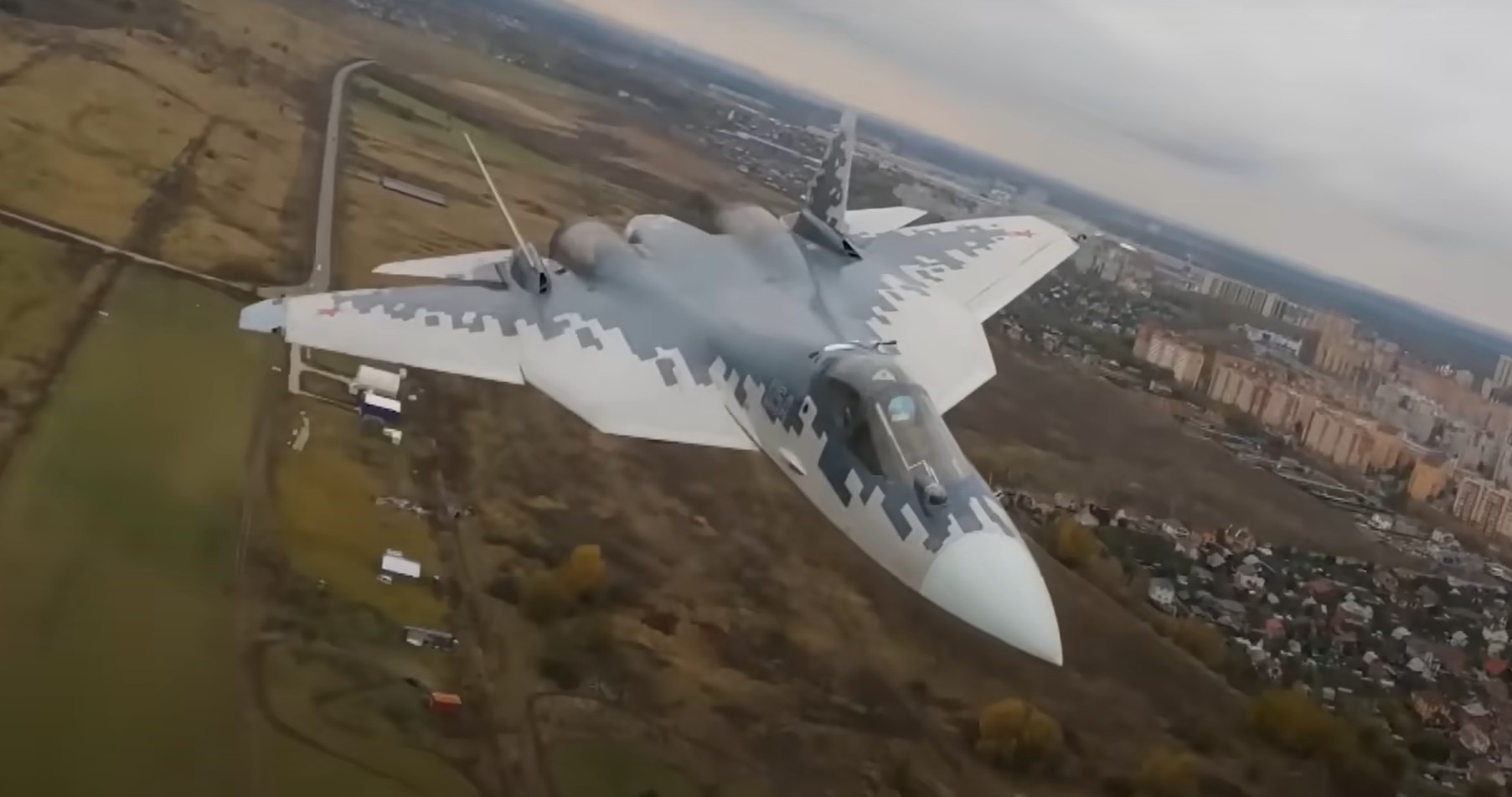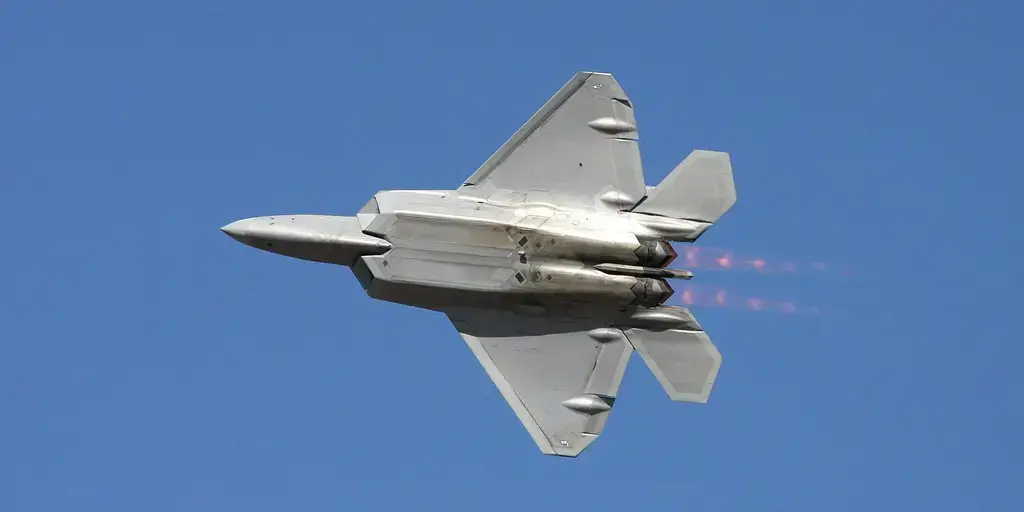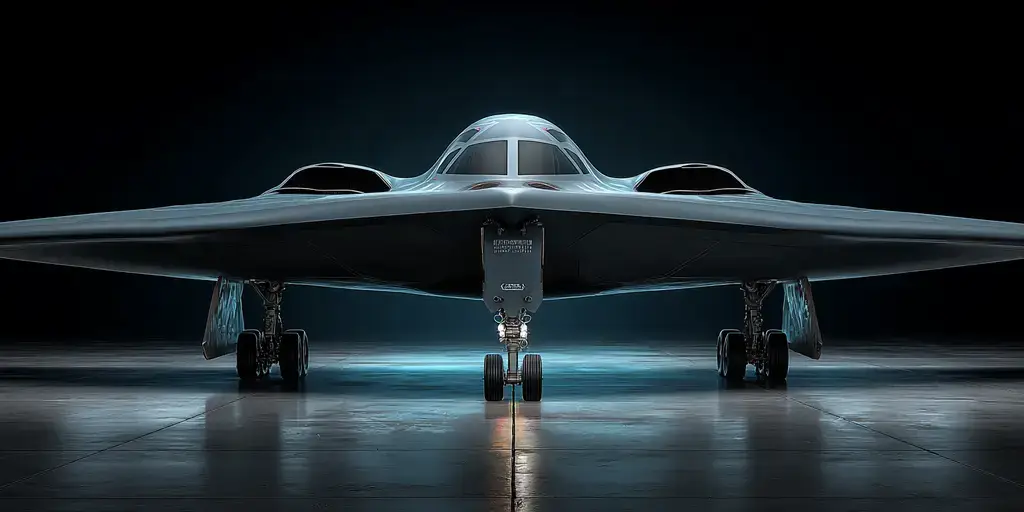Next-Generation Air Dominance (NGAD)
The Next-Generation Air Dominance (NGAD) program is an ambitious aerospace initiative focusing on developing the next wave of air superiority aircraft. This program, led by the United States Air Force, seeks to advance beyond the capabilities of current aircraft such as the F-22 Raptor and the F-35 Lightning II. The NGAD aims to integrate cutting-edge technology, ensuring dominance in future air warfare scenarios.
Core Objectives of NGAD
The primary objective of the NGAD program is to maintain air superiority in increasingly contested environments. Here are a few of the core goals:
- Advanced Stealth: Enhancing stealth technology to evade radar detection.
- Superior Maneuverability: Implementing design improvements for better agility and speed.
- Sensors and Networking: Leveraging advanced sensors and networked data-sharing systems.
- Artificial Intelligence (AI): Utilizing AI for decision-making processes and pilot assistance.
- Modularity: Ensuring that parts can be easily replaced or upgraded.
Technology Integration
The NGAD program features numerous futuristic technologies. These include:
- Hypersonic Weapons: Incorporating hypersonic missiles capable of exceeding Mach 5 speeds.
- Directed Energy Weapons: Utilizing lasers and other directed energy systems for defense and offense.
- Advanced Propulsion Systems: Leveraging next-gen propulsion to provide unmatched speed and fuel efficiency.
- Adaptive Engines: Engines that optimize performance across a wider range of conditions and missions.
- Enhanced Situational Awareness: Comprehensive data fusion from multiple sources to provide a clearer operational picture.
Multirole Capability
The NGAD aircraft will be adaptable for multiple roles, including:
- Air-to-Air Combat: Leveraging advanced missiles and dogfight capabilities.
- Ground Strikes: Utilizing precision-guided munitions for ground targets.
- Electronic Warfare: Implementing advanced systems for electronic attack and defense.
- Intelligence, Surveillance, and Reconnaissance (ISR): Deploying sophisticated sensors for real-time reconnaissance.
Development and Collaboration
The NGAD program involves collaboration among various defense contractors and research institutions. Key players include Lockheed Martin, Boeing, and Northrop Grumman, with contributions from smaller firms specializing in niche technologies.
Funding and resource allocation are also significant aspects, with multi-billion dollar investments anticipated over the coming decade. The NGAD is not just an aircraft but a systems-of-systems approach, integrating multiple platforms and capabilities.
Challenges and Considerations
The development of the NGAD is not without challenges. Some of the critical considerations are:
- Cost Management: Balancing cutting-edge technology with budget constraints.
- Technological Risks: Navigating the uncertainties associated with unproven technologies.
- Integration: Ensuring seamless integration of diverse technologies and systems.
- Operational Flexibility: Maintaining adaptability to various mission requirements.
- Global Threat Landscape: Adapting to evolving threats from near-peer adversaries.
Specifications Table
| Specification | Details |
|---|---|
| Length | TBD |
| Wingspan | TBD |
| Weight | TBD |
| Speed | Estimated Mach 2+ |
| Range | Estimated 2,000+ miles |
| Engine | Adaptive-cycle engines |
| Armament | Hypersonic missiles, directed energy weapons |
| Avionics | Advanced sensor fusion, AI collaboration |
The specifications are still evolving as the program progresses, with many details kept classified for security reasons.
Impact on Future Air Combat
The NGAD program is set to revolutionize how air combat is conducted. Its advancements in stealth, weaponry, and AI integration will set new standards. Military strategists believe that NGAD will provide a significant edge in future conflicts, ensuring air dominance for the United States and its allies.
Beyond its military applications, the NGAD initiative may spur significant advancements in commercial aerospace technology, paving the way for innovations that benefit civilian aviation and space exploration.
In conclusion, NGAD represents the forefront of military aviation technology, promising unparalleled capabilities and strategic advantages. As development continues, the future of air superiority is poised to be redefined by the groundbreaking innovations emerging from this program.









